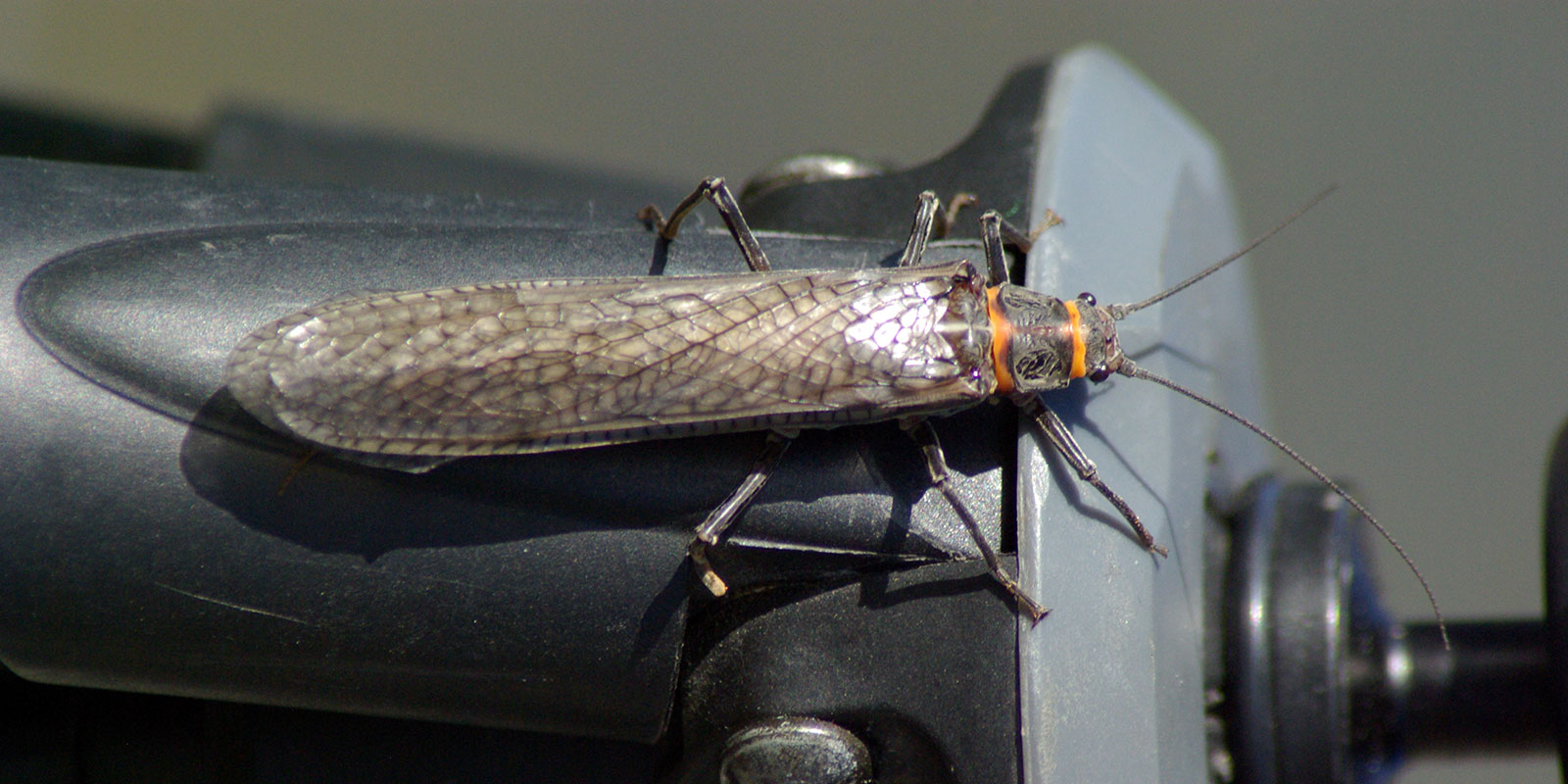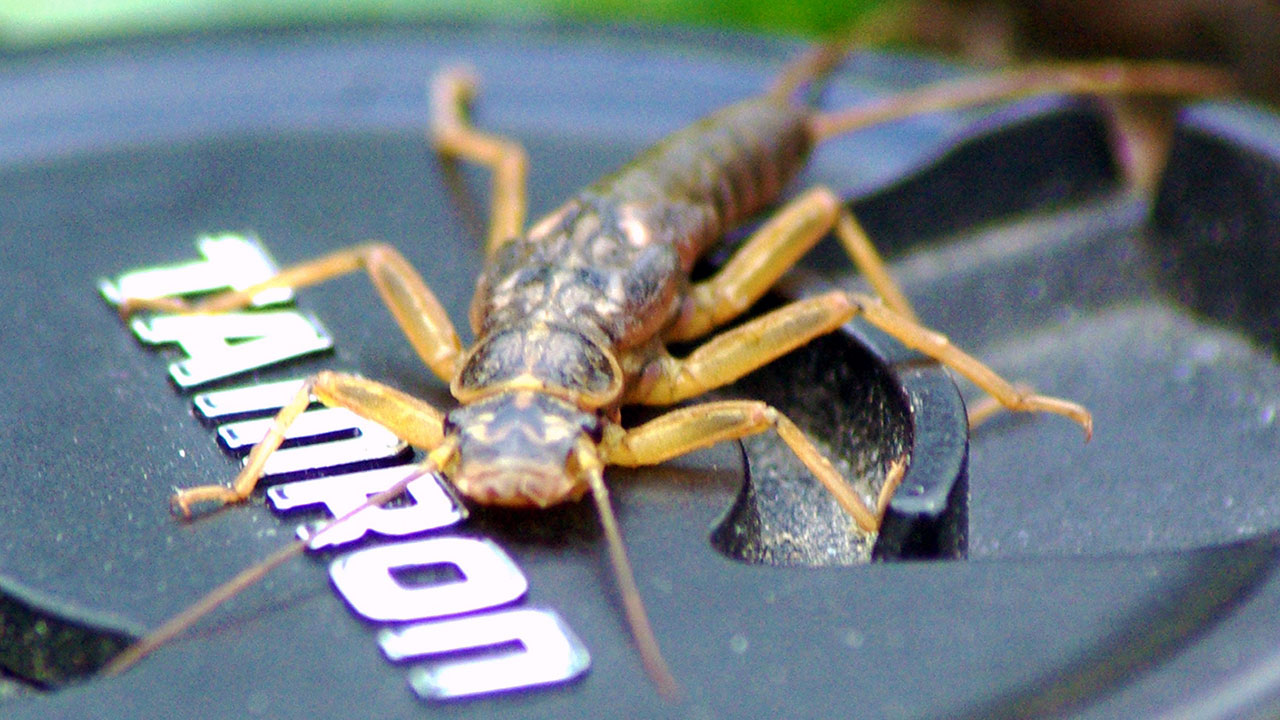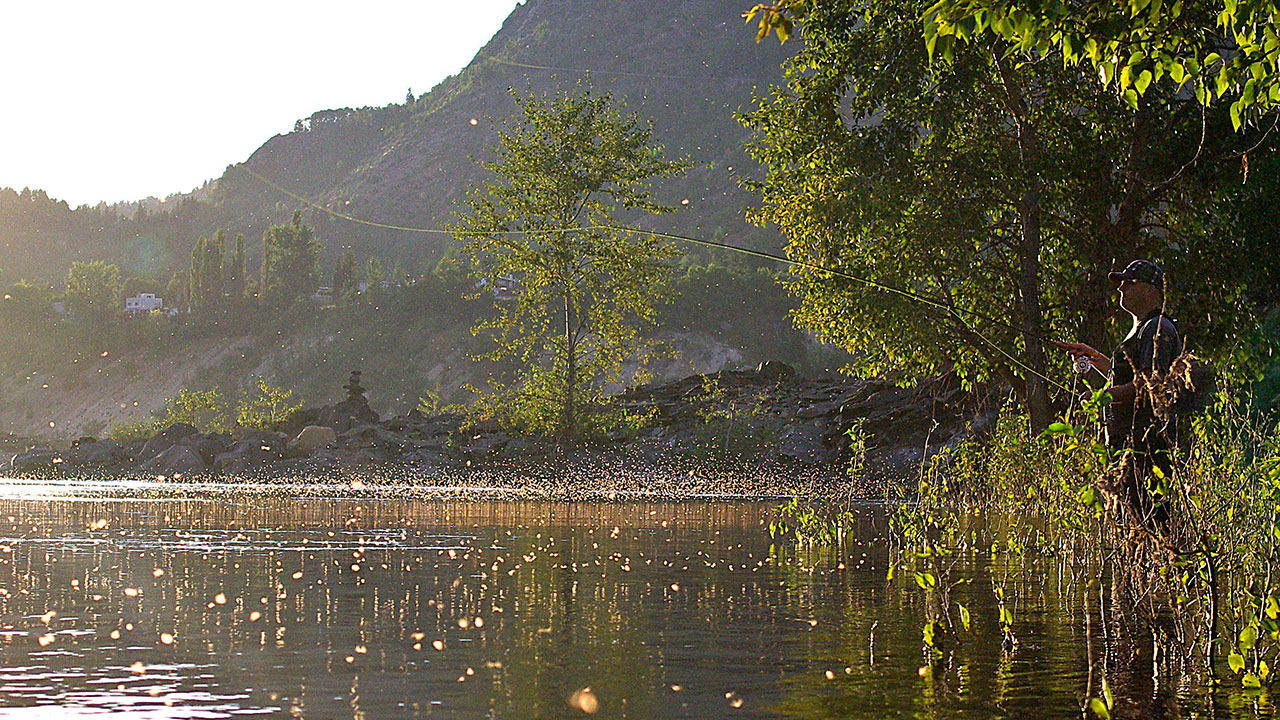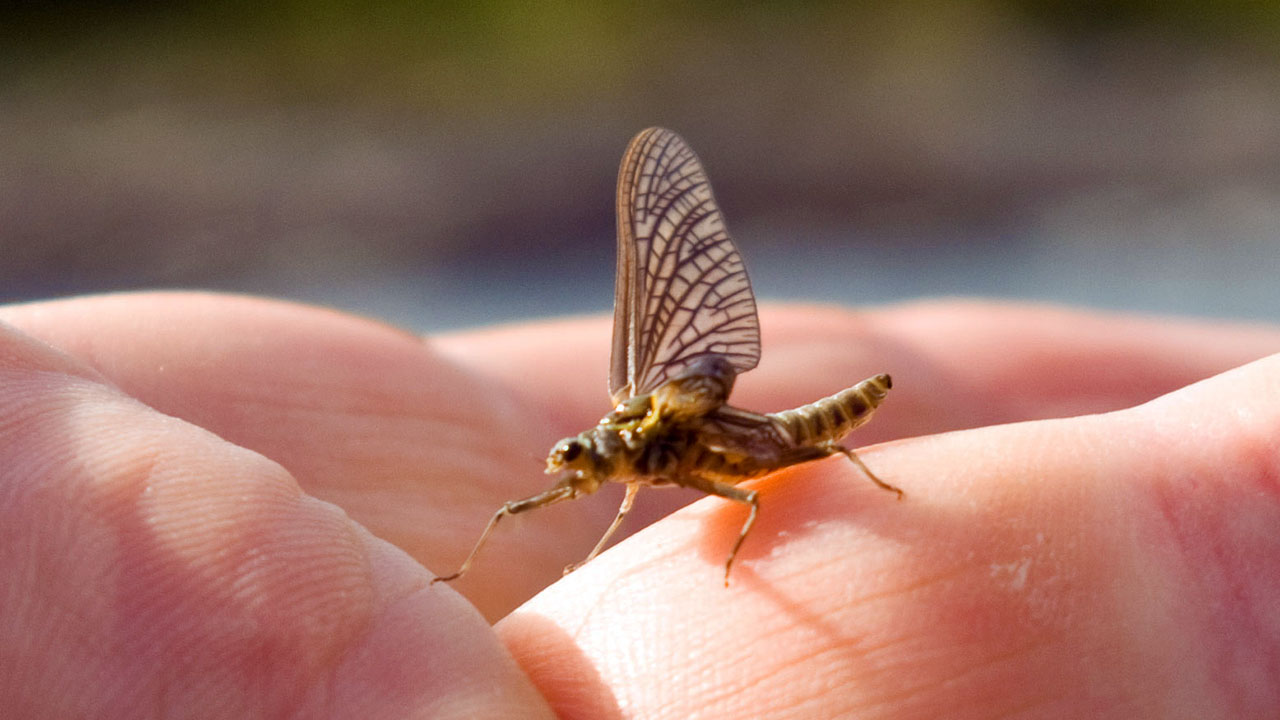Understanding fly fishing entomology, or the aquatic environment and the insect life that thrives there is important facet of the fly fishers’ skill set.
The different stages of an insect’s life cycle determine what trout will be feeding on, and answers the other w’s of when, where, and why. Identifying the insects and which ones the fish are keying on, then “matching the hatch” is often critical to success.
A hatch refers to the time of year, and time of day that an insect emerges from its nymph or pupal stage (spent mostly in the water), crawls out of the water, or floats to the surface, dries, sheds its exoskeleton and emerges into its adult, winged, terrestrial form.
The food chain begins with microscopic organisms such as algae, flagella, diatoms, bacteria, and protozoa otherwise known collectively as plankton. These are food sources for larva and pupal form of aquatic insects such as Chironomid and Chaoborus (midges and mosquitoes) that in turn are fed on by larger orders of insects, such as, mayfly and stonefly nymphs, damselfly and dragonfly nymphs as well as shrimp, leeches, water boatman etc. At the various stages of their life, trout will feed on all these creatures. Trout fry feed on plankton and chironomids and, as they grow, their diet changes.
Of course, the presence and diversity of insects depends upon the aquatic environment as well as the time of year and time of day, so vary your fly fishing and flies selection and come prepared.
Chironomid emergence from larva (bloodworm) to pupa begins in early spring when the water warms to about 5 C. Still too cool for other insect hatches, the trout feed heavily on these pupa and larva during this period.
Other insect hatches occur later. As the water warms and the season progresses stoneflies, mayflies, caddisfly, dragonfly, damselflies as well as terrestrials such as grasshoppers, flying black ants, cicadas and beetles become active and are all food sources for cruising trout.
The observant angler is a successful one – be sure to observe your surroundings, match the hatch.




